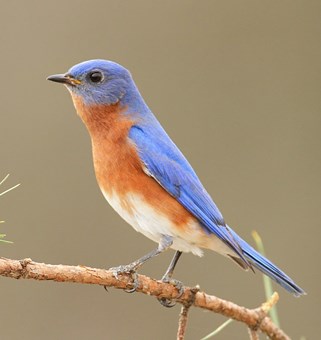How Can I Attract Birds to My Forest?
 Eastern Wild TurkeyNational Wild Turkey Federation
Eastern Wild TurkeyNational Wild Turkey FederationLand managers can intentionally manage for a particular bird species (such as the endangered Red-cockaded Woodpecker), but sound stewardship, including practices that promote long-term sustainability and plant diversity, will benefit a number of bird and wildlife species simultaneously.
- Manage for a variety of native plant species that produce soft mast in the form of fruit and berries.
- Control non-native and invasive plant species. To learn more, visit the www.Texasinvasives.org.
- Control non-native and feral animals. Feral hogs reproduce exponentially and cause soil disturbance. Their diet can include eggs and immature birds, thus greatly impacting ground nesting species such as turkey, quail, and others. Imported fire ants can damage nests, eggs, and nestlings. Feral cats or domesticated (household) cats kill an estimated 2.4 billion birds annually. To learn more about this issue, visit the American Bird Conservancy’s "Cats Indoors!" program.
- Standing dead or dying trees provide habitat for wildlife including bats and cavity nesting birds such as woodpeckers and owls. Snags also harbor insects under the bark and offer places to perch.
-
Forest managers know that a diversity of habitats is beneficial for wildlife species. At the same time, predators (i.e. domesticated cats, raccoons, and non-native birds, i.e. cowbirds) favor abrupt edges between habitats and roadsides for their activity. Land managers can soften habitat transition lines by planting intermittent trees or native shrubs.
 Eastern BluebirdMatt Buckingham – A Naturalist’s Journey, Flickr, and Instagram
Eastern BluebirdMatt Buckingham – A Naturalist’s Journey, Flickr, and Instagram - Seek technical assistance from local natural resource agencies (e.g., Texas Parks & Wildlife Department, U.S. Forest Service, Texas A&M Forest Service, County Extension Agent, and private natural resource consultants) for improved forest management.
